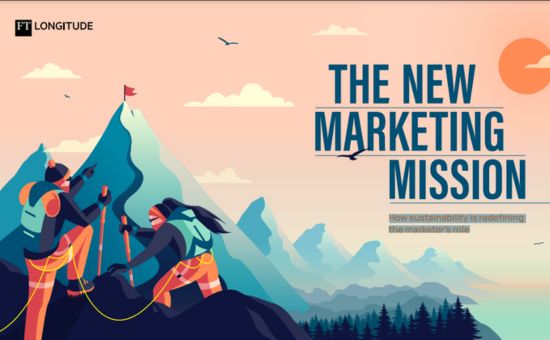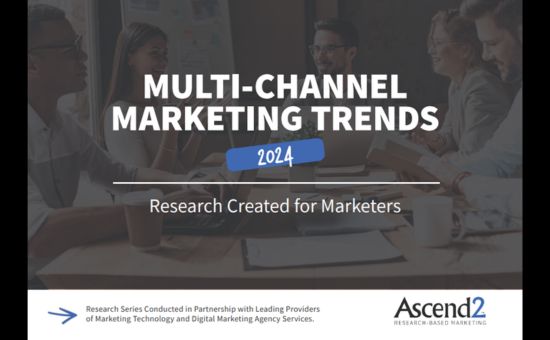Accelerate your customer’s journey: How thought leadership influences the decision to buy | longitude
Digital Marketing |
Is your business ready to compete for the most important deals?
Take a moment before responding, and reflect on two key points: how the process of selecting a strategic partner has evolved, and the increasing expectations of buyers.
To consistently secure strategic transformation deals, it’s crucial to grasp how purchasing decisions are made:

We surveyed 805 business leaders, including over 400 C-suite executives, to uncover the processes and criteria companies use to shortlist partners for major transformation projects. The findings shed light on who is involved in the decision-making process, what they prioritize, and how your brand’s expertise can shape and influence their choices.
Three ways in which the customer journey has changed

In today’s business landscape, the drive to transform is stronger than ever. Three major megatrends are fueling this transformation:
- Sustainability
- Digitalization
- The shift to hybrid working
These are complex and demanding challenges, which is why companies are seeking support through innovative ideas, insights, and expertise. With so much on the line, organizations are becoming more selective in choosing strategic partners for their transformation journeys. Gone are the days when business deals were secured based on personal relationships or polished sales pitches. To stay competitive, you must demonstrate genuine thought leadership long before the formal tender process even begins.
But how exactly has the customer journey evolved?
1- The selection process is becoming more rigorous
B2B buying has become more formalized. Nearly 9 in 10 business leaders (86%) report that their companies are applying greater scrutiny when selecting strategic partners for transformation initiatives. Additionally, 84% say the number of contracts going through competitive tendering processes is on the rise.
The frequency of tenders for strategic transformation deals is also increasing: 77% of companies re-tender these partnerships at least every two years, and 40% do so annually.
With tenders happening more frequently, partners must continually prove their value. This creates more chances to replace incumbents, but it also means working harder to maintain relationships and repeatedly demonstrate your relevance and worth.
2- Customers weigh you up before you get to pitch
The overwhelming majority of business leaders surveyed (88%) report dedicating substantial time to researching companies before extending an invitation to present or pitch.
Similar to how consumers in the B2C space carefully evaluate products online, B2B buyers are also investing more time in independent research. According to Gartner, only 17% of the buying process is spent engaging directly with potential suppliers, while most of the process focuses on conducting online and offline research.

3- Customers have expanded their buyer teams
Our survey reveals that organizations typically involve nine senior executives in the decision-making process for strategic engagements. That’s nine individuals whose priorities you need to understand, impress, and influence.
In over a third of companies, the CEO, CFO, and COO are consistently part of these key buying decisions. Since strategic initiatives are closely tied to overall board strategy, it’s not surprising that C-suite executives play a significant role in these processes. However, it’s important to remember that each leader—whether the CEO, CFO, COO, CHRO, or CIO—has distinct priorities.

Discover how to accelerate your customer’s journey and gain valuable insights. Continue reading and download the full report now!
Related report: How CFOs can turn any decision dilemma into growth | Accenture
- Is your business ready to compete for the most important deals?
- Three ways in which the customer journey has changed
- Selection criteria: What matters most to today’s B2B buyers?
- The new rules of engagement
- How thought leadership influences buying decisions
- Five ways to use thought leadership to build your business
- About the research
Number of Pages:
- 31 pages
Pricing:
- Free
Methodology
FT Longitude surveyed 800 business leaders to find out how they use thought leadership to select and evaluate potential partners for:
Digital transformation ESG and sustainability initiativesWorkplace and workforce transformation






